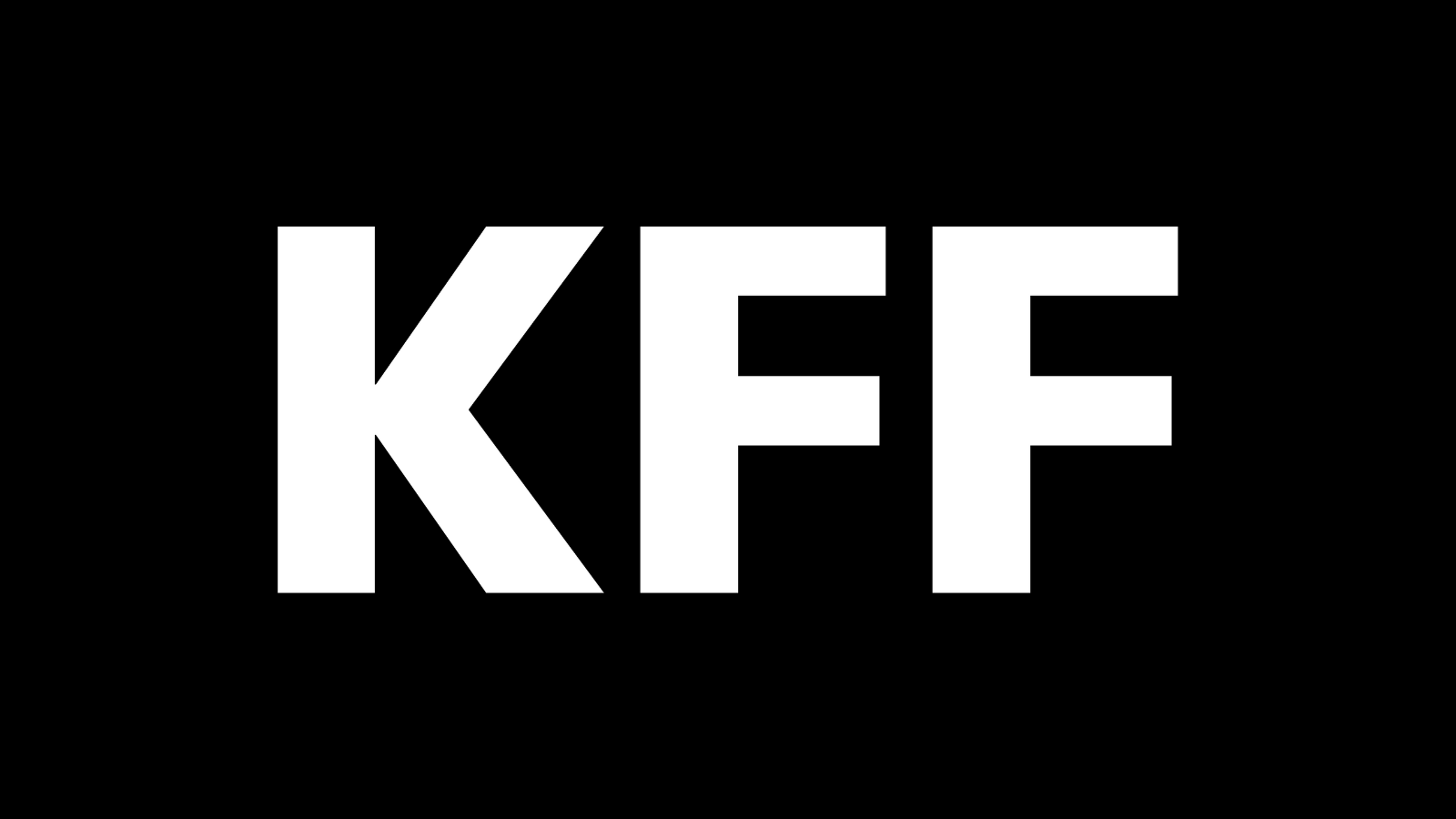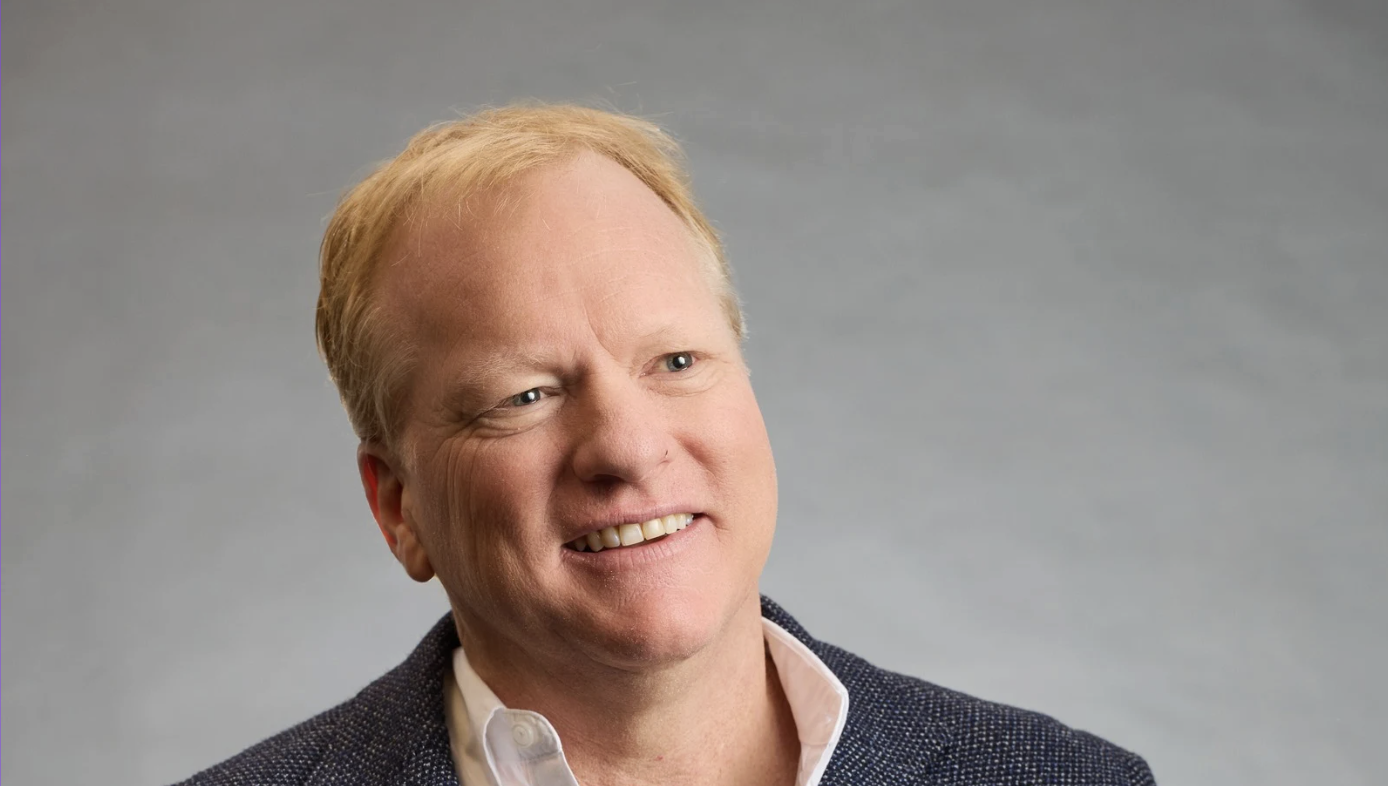Healthy revenue cycles rely on efficient patient collections. Collections processes that drag on can frustrate both providers and patients, leading to delayed payments, a high administrative burden on staff and unpaid balances piling up. For many providers, adopting collections optimization technology is a proven strategy to make the collection process more efficient, compassionate and patient-centered.
What is collections optimization in healthcare?
The title says it all: optimizing patient collections. More specifically, collections optimization in healthcare refers to technology-based solutions that streamline the patient collections process to collect a greater percentage of the money owed. Using data-driven, patient-centric insights, collections optimization solutions allow billing staff to efficiently identify patient payment capabilities, focus collection efforts and improve patient communications. Collection performance metrics are often built into collections optimization platforms and help providers continuously improve collections strategies over time. So, it’s not simply a process to collect, it’s a holistic approach to improving a health system billing team’s cashflow, in addition to capturing revenue that’s owed to the organization.
Key components of the collections optimization process
The collections optimization process typically includes specific key components to help providers accelerate patient collections strategies. For instance, Experian Health’s Collections Optimization Manager solution has six foundational areas that save time and accelerate payments:
- Screening: Cleans up accounts receivable data by screening patient accounts for bankruptcy, deceased, Medicaid and charity so that staff can spend their collection efforts on accounts that have a higher likelihood of payment. Collections staff often spend time on accounts that are deceased, bankrupt, or eligible for Medicaid or charity—accounts unlikely to yield payment. This diverts attention from accounts with higher recovery potential, ultimately impacting overall cash flow. With Collections Optimization Manager, this AR becomes more manageable, and staff can work high-yield accounts in-house, while saving time and money.
- Segmentation: Uses credit, behavior and demographic data to help providers identify which accounts are most likely to pay. Experian Health has robust patient data and powerful predictive analytics that reveal which accounts are most likely to pay. By leveraging propensity-to-pay scores, providers can prioritize efforts where they’ll have the most impact. This targeted approach helps increase collections while reducing time and cost to collect.
- Routing and reconciliation: A data-driven rules engine builds routing and recall rules that distribute accounts to the internal and external servicing channels that are most likely to collect the amount owed and reconciles provider and agency inventory
- Agency management: Offers real-time insights into third-party collections agencies’ performance with reports and dashboards. This puts a focus on key metrics, so teams can measure performance against industry standards to improve patient payment forecasting and successfully manage bad debt reserves
- Monitoring: Monitors unpaid patient accounts for changes in a patient’s contact information or ability to pay, and notifies in-house staff so that they can re-engage patients to collect their pending balances
- Consulting and analytics: Collections consultants evaluate reports, suggest best-practice collections strategies and provide users with industry know-how. They can also provide quarterly performance reports to show performance and progress.
The link between collections and financial success in revenue cycle management
Healthy revenue cycles rely on timely patient payments. With so many other financial pressures on patients today – paying for groceries, filling up the family car or basic home repairs – it can become overwhelming to manage it all. When bills are confusing, reminders are missed or affordability is a concern, it can result in late payments. Busy billing teams are then tasked with chasing down collections, leaving little time to focus on other revenue-generating activities. As collection timelines drag on, providers may experience cash flow issues, revenue losses and even bad debt. This can lead to disruptions in the revenue cycle, affect the bottom line and ultimately impact the quality of patient care.
Why collections optimization matters
Healthcare costs are rising, and Americans are carrying about $3,100 in medical debt on average, up from $2,000 the previous year. One in five patients report experiencing distress over healthcare costs they can’t afford, and 15 million Americans have medical collections on their credit reports, according to 2024 data from the Consumer Financial Protection Bureau.
By adopting collection optimization solutions, providers not only strengthen the revenue cycle but also have the opportunity to improve the overall patient financial experience. Tools like Collection Optimization Manager help billing teams quickly understand their patients’ ability and willingness to pay, identify charity eligibility and implement effective and compassionate patient billing outreach. Plus, performance analytics help staff assess performance over time and adjust collection strategies accordingly. Healthcare institutions aim to understand a patient’s financial situation and take steps to assist them in their medical journey. This approach is central to their mission.
Key challenges
Maximizing patient collections is always a priority for providers. However, getting patients to pay their medical bills often comes with challenges, due to:
- Poor financial insights: Billing staff may not have enough information about patients’ financial circumstances to make predictions about how likely they are to pay. This can make prioritizing accounts and creating patient engagement strategies tricky. Collections staff may often spend time on accounts that are deceased, bankrupt, or eligible for Medicaid or charity – accounts unlikely to yield payment.
- Ineffective outreach: Collections staff may spend hours calling patients with low collection yields.
- Affordability concerns: Patients may be worried about how they’ll pay for their bills, especially if they have a high-deductible healthcare plan. This can lead to late payments.
- Insurance policy updates: Busy billing staff might not always be able to stay on top of frequent insurance changes and regulatory updates. This can lead to errors in patient billing or incorrect cost calculations, resulting in late or unpaid payments.
- Lack of easy payment options: Patients want convenient, secure ways to pay on their time. When easy options like online and mobile payment methods aren’t available, it can lead to frustration and late payments.
- Outdated manual processes: Valuable staff hours are often lost to cumbersome steps in the collections process, like phone calls and follow-up paperwork.
How technology is transforming collections optimization
When implementing billing and collections optimization, today’s providers are turning to technology that includes a growing range of automated solutions for more transparent billing, personalized payment options and increased efficiencies. Combining collections and automation enables a more transparent, user-friendly process that gives patients more financial control. Additionally, new technologies, like predictive analytics, machine learning and artificial intelligence, also help providers better understand their patients’ financial needs so that they can deliver a more compassionate and supportive collections experience.
Three best practices that accelerate collections
A strong collections optimization solution should be able to accomplish the following:
Segment accounts based on propensity to pay
Billing teams can improve collections optimization by using automation and segmentation to obtain the data needed to prioritize high-value accounts. Collections Optimization Manager, for instance, uses multiple data sources to automatically screen and segment accounts based on propensity-to-pay scores.
Improve patient communication
Providers can use collections optimization tools and complementary automated patient outreach tools to foster better patient communication without putting additional strain on busy staff. Solutions like PatientDial and PatientText send patients timely bill reminders and self-pay options via voice or text message, while other financial assistance tools, like Patient Financial Clearance, assign patients to the correct financial pathway.
Benchmark performance
Billing teams can use their collections optimization tools to review comprehensive reports and scorecards on their agencies’ performance. This allows healthcare organizations to compare performances across multiple vendors. Advanced reporting helps identify performance improvement opportunities, refine patient payment forecasts and manage bad debt. In some cases, such as with Experian Health’s Collections Optimization Manager, users can also access expert consultative support to refine collections strategies further.
How can healthcare companies measure success?
Revenue cycle leaders know that “what gets measured, gets managed.” Using a collections optimization solution to monitor key performance indicators (KPIs) enables providers to fine-tune their collections process and assess performance over time. For instance, Experian Health’s Collections Optimization Manager captures critical KPIs, such as accounts receivable days and collection rates. User-friendly dashboards and reports allow staff to measure performance against past metrics and industry trends. Plus, users benefit from consultants who can help choose the right KPIs to track, evaluate reports and develop new collection strategies.
Learn more about how Experian Health’s data-driven patient collections optimization solution helps revenue cycle management staff collect more patient balances.
Publisher: Source link










